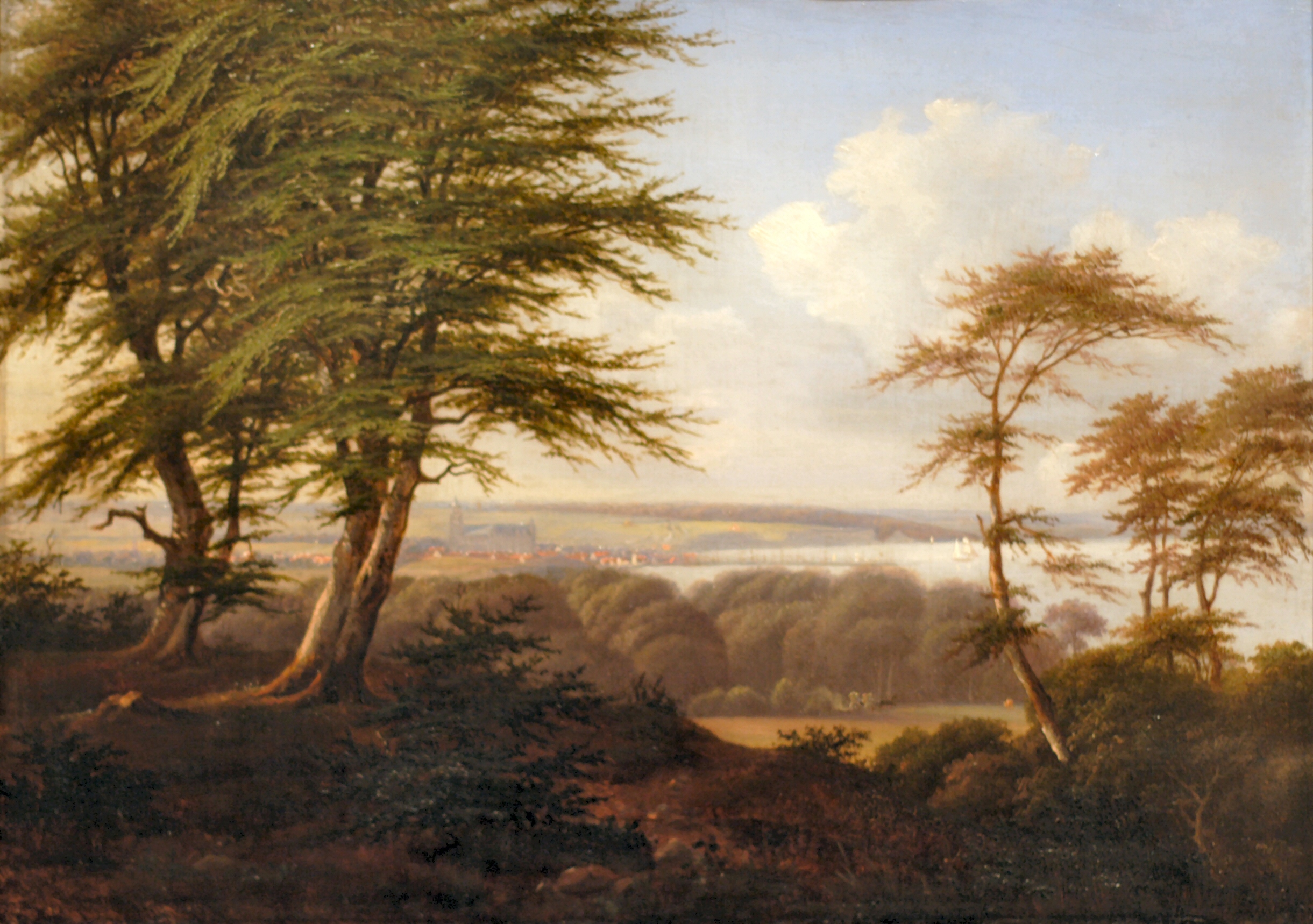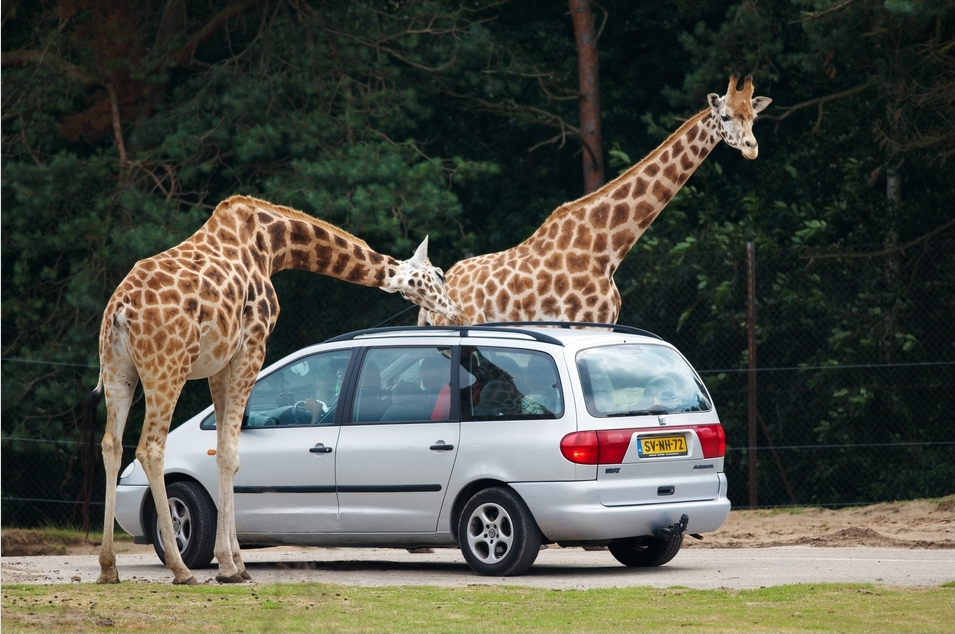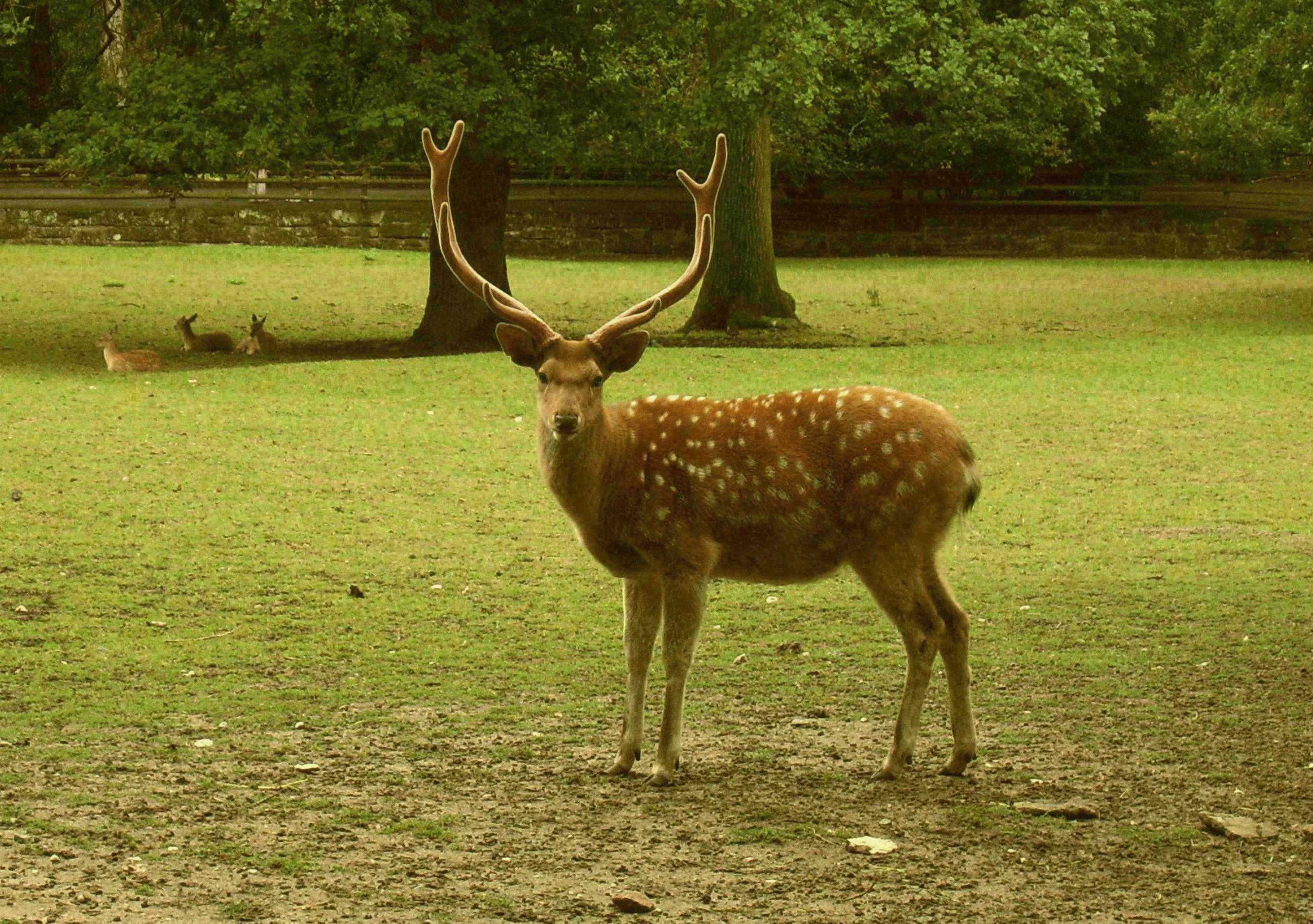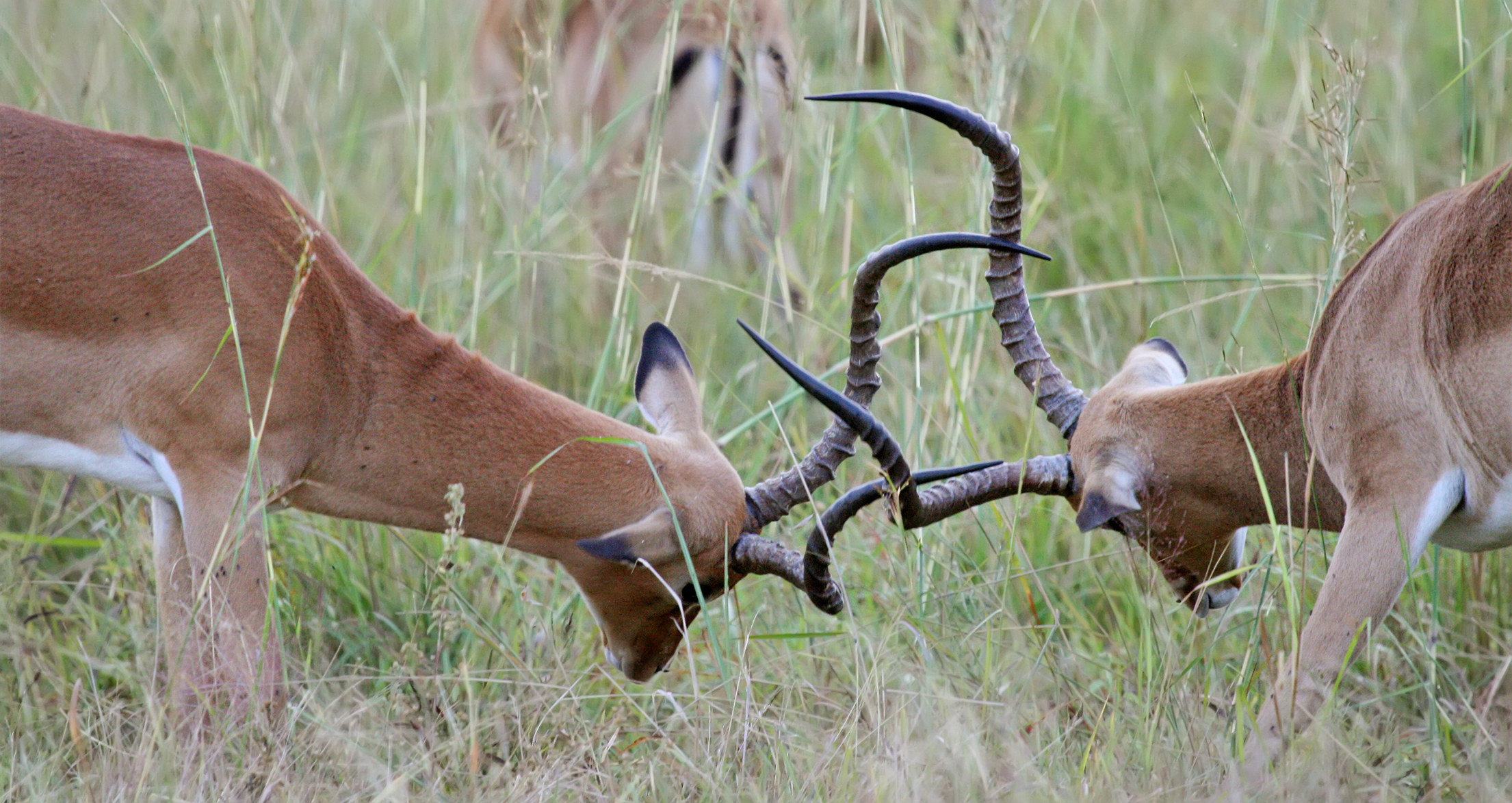|
Marselisborg Deer Park
Marselisborg Deer Park ( da, Marselisborg Dyrehave) is a enclosed woodland area in the northern parts of the Marselisborg Forests. The trees are somewhat sparse here and the terrain especially hilly, compared to the surrounding forest. Marselisborg Deer Park is not a deer park in the original sense, as it is not meant for hunting deer. The idea is more like a small safari park, but just presenting a few common species, without exotic animals. Initially, sika deer were introduced to graze the curvy open woodland hills, but later roe deer and wild boars has been added. The park was established in 1932 and have since been enlarged several times. It is owned and administered by the Aarhus Municipality Aarhus Municipality ( da, Aarhus Kommune), known as Århus Municipality ( da, Århus Kommune) until 2011, is a municipality in Central Denmark Region, on the east coast of the Jutland peninsula in central Denmark. The municipality covers an area .... Safety and concerns The d ... [...More Info...] [...Related Items...] OR: [Wikipedia] [Google] [Baidu] |
Marselisborg Dyrehave
Marselisborg is a small borough of Aarhus, Denmark. Being small and situated just south of Frederiksbjerg, Marselisborg is often considered part of Frederiksbjerg. History Like most of the boroughs outside the inner city of Aarhus, Marselisborg is a relatively new neighbourhood and got its name from the Marselisborg Manor, when the city council of Aarhus acquired the estate from the Marselis family in 1896. The Marselisborg Manor accidentally burned down soon after, and was replaced by the Marselisborg Gymnasium in 1911. The majority of the buildings in Marselisborg are from the early part of the 1900s and the borough is one of the most affluent areas in Aarhus Municipality, presenting large villas and mansions. Marselisborg means ''Marselis-castle'', a name invented for the Marselisborg Manor by Constantin Marselis, to replace the older name of Havreballegård. Overview Placed in the northern outskirts of the Marselisborg Forests, Marselisborg is both close to nature and h ... [...More Info...] [...Related Items...] OR: [Wikipedia] [Google] [Baidu] |
Marselisborg Forests
Marselisborg Forests ( da, Marselisborgskovene), or simply Marselisborg Forest, is a forest to the south of Aarhus City in the Kingdom of Denmark. Many present day sources now includes the forest of Fløjstrup, as part of the Marselisborg Forests, upping the total area with another . Marselisborg Forests runs along the coastline of the Aarhus Bay in a hilly terrain with steep slopes and deep gullies, especially at the shoreline. There are many traces of prehistoric activities here and the landscape have been covered by woodlands for thousands of years. History Marselisborg Forests is comprised by a collection of small patches of woodland, that have been allowed to merge into a single entity, mainly after 1820. The woodland patches originally belonged to the barony of Marselis, residing at the now gone Marselisborg (meaning "Marselis-castle"), where Marselisborg Gymnasium is located today. Before 1820, there was an extensive forestry in the woods, so most of the trees are no ... [...More Info...] [...Related Items...] OR: [Wikipedia] [Google] [Baidu] |
Medieval Deer Park
In medieval and Early Modern England, Wales and Ireland Ireland ( ; ga, Éire ; Ulster Scots dialect, Ulster-Scots: ) is an island in the Atlantic Ocean, North Atlantic Ocean, in Northwestern Europe, north-western Europe. It is separated from Great Britain to its east by the North Channel (Grea ..., a deer park () was an enclosed area containing deer. It was bounded by a ditch and bank with a wooden park Palisade, pale on top of the bank, or by a stone or brick wall. The ditch was on the inside increasing the effective height. Some parks had deer "Salter (trap), leaps", where there was an external ramp and the inner ditch was constructed on a grander scale, thus allowing deer to enter the park but preventing them from leaving. History Some deer parks were established in the Anglo-Saxon England, Anglo-Saxon era and are mentioned in Anglo-Saxon Charters; these were often called ''hays'' (from Old English ''heġe'' (“hedge, fence”) and ''ġehæġ'' (“an enclosed p ... [...More Info...] [...Related Items...] OR: [Wikipedia] [Google] [Baidu] |
Deer
Deer or true deer are hoofed ruminant mammals forming the family Cervidae. The two main groups of deer are the Cervinae, including the muntjac, the elk (wapiti), the red deer, and the fallow deer; and the Capreolinae, including the reindeer (caribou), white-tailed deer, the roe deer, and the moose. Male deer of all species (except the water deer), as well as female reindeer, grow and shed new antlers each year. In this they differ from permanently horned antelope, which are part of a different family ( Bovidae) within the same order of even-toed ungulates (Artiodactyla). The musk deer ( Moschidae) of Asia and chevrotains ( Tragulidae) of tropical African and Asian forests are separate families that are also in the ruminant clade Ruminantia; they are not especially closely related to Cervidae. Deer appear in art from Paleolithic cave paintings onwards, and they have played a role in mythology, religion, and literature throughout history, as well as in hera ... [...More Info...] [...Related Items...] OR: [Wikipedia] [Google] [Baidu] |
Safari Park
A safari park, sometimes known as a wildlife park, is a zoo-like commercial drive-in tourist attraction where visitors can drive their own vehicles or ride in vehicles provided by the facility to observe freely roaming animals. A safari park is larger than a zoo and smaller than a game reserve. For example, African Lion Safari in Hamilton, Ontario, Canada is . For comparison, Lake Nakuru in the Great Rift Valley, Kenya, is , and a typical large game reserve is Tsavo East, also in Kenya, which encompasses . Many parks have conservation programmes with endangered animals like: elephants, rhinocerotes, giraffes, lions, tigers, cheetahs and wild dogs. General overview of a safari park The main attractions are frequently large animals from Africa which people can see in wildlife reserves such as: giraffes, lions (including white lions), black and white rhinoceroses, African bush elephants, hippopotamuses, zebras, ostriches, lesser and greater flamingos, ground hornbill ... [...More Info...] [...Related Items...] OR: [Wikipedia] [Google] [Baidu] |
Sika Deer
The sika deer (''Cervus nippon''), also known as the Northern spotted deer or the Japanese deer, is a species of deer native to much of East Asia and introduced to other parts of the world. Previously found from northern Vietnam in the south to the Russian Far East in the north, it is now uncommon except in Japan, where the species is overabundant. Etymology Its name comes from , the Japanese word for "deer". In Japan, the species is known as the . In Chinese, it is known as . Taxonomy The sika deer is a member of the genus '' Cervus'', a group of deer also known as the "true deer". Formerly, sika were grouped together in this genus with nine other species. Now, only the sika and red deer remain, the latter being divided into three separate species: European red deer, central Asian red deer, and American elk (though this remains controversial). Recent DNA evidence indicates these deer are not as closely related as previously thought, resulting in the creation of new spec ... [...More Info...] [...Related Items...] OR: [Wikipedia] [Google] [Baidu] |
Grazing (behaviour)
Grazing is a method of feeding in which a herbivore feeds on low-growing plants such as grasses or other multicellular organisms, such as algae. Many species of animals can be said to be grazers, from large animals such as hippopotamuses to small aquatic snails. Grazing behaviour is a type of feeding strategy within the ecology of a species. Specific grazing strategies include graminivory (eating grasses); coprophagy (producing part-digested pellets which are reingested); pseudoruminant (having a multi-chambered stomach but not chewing the cud); and grazing on plants other than grass, such as on marine algae. Grazing's ecological effects can include redistributing nutrients, keeping grasslands open or favouring a particular species over another. Ecology Many small selective herbivores follow larger grazers which skim off the highest, tough growth of grasses, exposing tender shoots. For terrestrial animals, grazing is normally distinguished from browsing in that grazing is eat ... [...More Info...] [...Related Items...] OR: [Wikipedia] [Google] [Baidu] |
Roe Deer
The roe deer (''Capreolus capreolus''), also known as the roe, western roe deer, or European roe, is a species of deer. The male of the species is sometimes referred to as a roebuck. The roe is a small deer, reddish and grey-brown, and well-adapted to cold environments. The species is widespread in Europe, from the Mediterranean to Scandinavia, from Scotland to the Caucasus, and east to northern Iran and Iraq. Etymology English ''roe'' is from Old English ''rā'' or ''rāha'', from Proto-Germanic ''*raihô'', cognate with Old Norse ''rá'', Old Saxon ''rēho'', Middle Dutch and Dutch ''ree'', Old High German ''rēh'', ''rēho'', ''rēia'', German ''Reh''. It is perhaps ultimately derived from a PIE root ''*rei-'', meaning "streaked, spotted or striped". The word is attested on the 5th-century Caistor-by-Norwich astragalus -a roe deer talus bone, written in Elder Futhark as , transliterated as ''raïhan''. In the English language, this deer was originally simply called a 'r ... [...More Info...] [...Related Items...] OR: [Wikipedia] [Google] [Baidu] |
Wild Boar
The wild boar (''Sus scrofa''), also known as the wild swine, common wild pig, Eurasian wild pig, or simply wild pig, is a suid native to much of Eurasia and North Africa, and has been introduced to the Americas and Oceania. The species is now one of the widest-ranging mammals in the world, as well as the most widespread suiform. It has been assessed as least concern on the IUCN Red List due to its wide range, high numbers, and adaptability to a diversity of habitats. It has become an invasive species in part of its introduced range. Wild boars probably originated in Southeast Asia during the Early Pleistocene and outcompeted other suid species as they spread throughout the Old World. , up to 16 subspecies are recognized, which are divided into four regional groupings based on skull height and lacrimal bone length. The species lives in matriarchal societies consisting of interrelated females and their young (both male and female). Fully grown males are usually solita ... [...More Info...] [...Related Items...] OR: [Wikipedia] [Google] [Baidu] |
Aarhus Municipality
Aarhus Municipality ( da, Aarhus Kommune), known as Århus Municipality ( da, Århus Kommune) until 2011, is a municipality in Central Denmark Region, on the east coast of the Jutland peninsula in central Denmark. The municipality covers an area of , and has a population of 349,983 as of 2020. The main town and the site of its municipal council is the city of Aarhus. Neighbouring municipalities are Syddjurs to the north, Favrskov to the northwest, Skanderborg to the southwest, and Odder to the south. Aarhus Municipality was not merged with other municipalities in the nationwide ''Kommunalreformen'' ("The Municipal Reform" of 2007) due to its already relatively large size and population. The municipality is part of Business Region Aarhus and of the East Jutland metropolitan area, which had a total population of 1.378 million in 2016. Politics Aarhus City Council (''Aarhus Byråd'') is also the municipal government. The city council consists of 31 members elected for f ... [...More Info...] [...Related Items...] OR: [Wikipedia] [Google] [Baidu] |
List Of Animal Names
In the English language, animals have different names depending on whether they are male, female, young, domesticated, or in groups. The best-known source of many English words used for collective groupings of animals is ''The Book of Saint Albans'', an essay on hunting published in 1486 and attributed to Juliana Berners. Most terms used here may be found in common dictionaries and general information web sites. Generic terms The terms in this table apply to many or all taxons in a particular biological family, class, or clade. Terms by species or taxon Usage of collective nouns ''Merriam-Webster'' writes that most terms of venery fell out of use in the 16th century, including a "murder" for crows. It goes on to say that some of the terms in ''The Book of Saint Albans'' were "rather fanciful", explaining that the book extended collective nouns to people of specific professions, such as a "poverty" of pipers. It concludes that for lexicographers, many of these don't s ... [...More Info...] [...Related Items...] OR: [Wikipedia] [Google] [Baidu] |
Rut (mammalian Reproduction)
The rut (from the Latin ''rugire'', meaning "to roar") is the mating season of certain mammals, which includes ruminants such as deer, sheep, camels, goats, pronghorns, bison, giraffes and antelopes, and extends to others such as skunks and elephants. The rut is characterized in males by an increase in testosterone, exaggerated sexual dimorphisms, increased aggression, and increased interest in females. The males of the species may mark themselves with mud, undergo physiological changes or perform characteristic displays in order to make themselves more visually appealing to the females. Males also use olfaction to entice females to mate using secretions from glands and soaking in their own urine. During the rut (known as the ''rutting period'' and in domestic sheep management as '' tupping''), males often rub their antlers or horns on trees or shrubs, fight with each other, wallow in mud or dust, self-anoint and herd estrus females together. These displays make the male cons ... [...More Info...] [...Related Items...] OR: [Wikipedia] [Google] [Baidu] |


.jpg)



.jpg)


